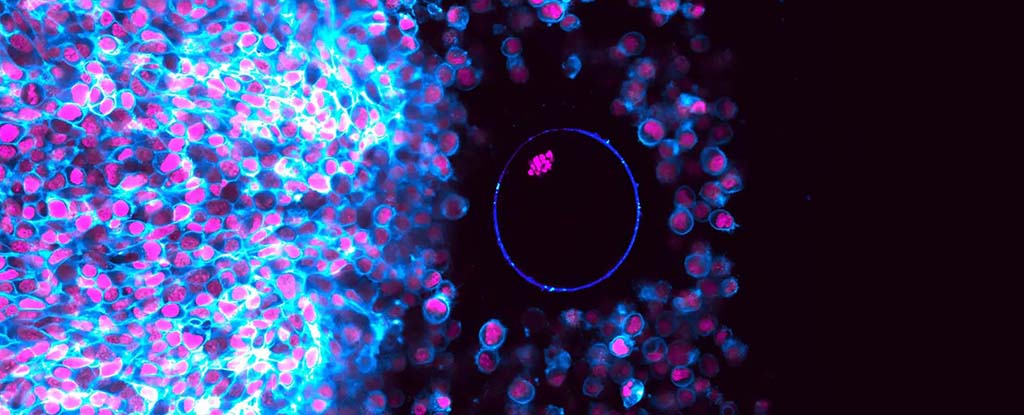Medications like Ozempic and Wegovy are famous for their weight loss benefits, but some scientists want to know more about how these drugs impact muscle loss.
In a new commentary for The Lancet, an international team warns there is not enough research on how muscles are affected by GLP-1 receptor agonists.
The authors acknowledge that GLP-1 agonists have “shown substantial benefits” for many people around the world. Initial studies find the medications, which were first approved to treat type 2 diabetes, can also make it easier to lose weight.
Even those who don’t lose weight show improved kidney health and heart health, reducing their risk of stroke or cardiac arrest.
Despite all the good news, the scientists are concerned by preliminary results on GLP-1 agonists, which show slightly higher rates of non-fat tissue loss compared to weight loss from non-pharmacological means.
The loss of fat-free tissue may not be fully representative of muscle loss, nor is a loss of muscle mass necessarily a bad thing for strength or movement. But dietician Carla Prado, biomedical researchers Stuart Phillips and Steven Heymsfield, and nutritionist Cristina Gonzalez say we can’t know for sure without further evidence.
“At the time of writing, there are no data to establish whether treatment with GLP-1 receptor agonists is associated with physical frailty or [a loss of muscle mass],” the team writes.
“These effects would require long-term studies, which are not yet available, and the studies conducted to date were not designed to answer these questions.”
While initial studies suggest strength is not impacted by the weight loss associated with GLP-1 agonists, the authors note that strength “is only one aspect of muscles’ importance.”
Beyond movement, they explain, muscles play crucial roles in our body’s metabolism, our immune function, and in our response to stress and trauma.
Besides all of that, muscle mass also helps the body take up glucose in response to insulin.
The researchers worry that muscle loss could be further exacerbating risk factors associated with GLP-1 agonists in some patients, such as metabolic dysfunction, inflammation, poor dietary intake, and low physical activity.
Given the risks, the authors conclude that “these highly effective medications should be used strategically. This strategy can be accomplished with concurrent nutrition and exercise interventions.”
Studies have shown that after weight loss, a decrease in skeletal muscle mass can be partly mediated through increased protein intake or exercise. By some estimates, resistance exercise can actually attenuate losses in fat-free mass by 50 to 95 percent.
Such results add weight to the idea that exercise programs and nutritional advice should be prescribed alongside GLP-1 agonists for the best results.
Typically, once a person stops taking these appetite-suppressing medications, they regain about two-thirds of their lost weight in a year. In a recent clinical trial, however, those who partook in supervised exercise programs did better at maintaining their weight loss.
“Additionally,” the team writes, “ongoing studies are exploring ways to prevent or mitigate muscle loss with drugs… which could offer solutions for preserving muscle mass in individuals undergoing weight loss treatments.”
The potential for muscle loss doesn’t mean patients should stop taking GLP-1 agonists, but given how important muscles are for human health, the researchers argue we need to know more.
The commentary was published in The Lancet: Diabetes & Endocrinology.





